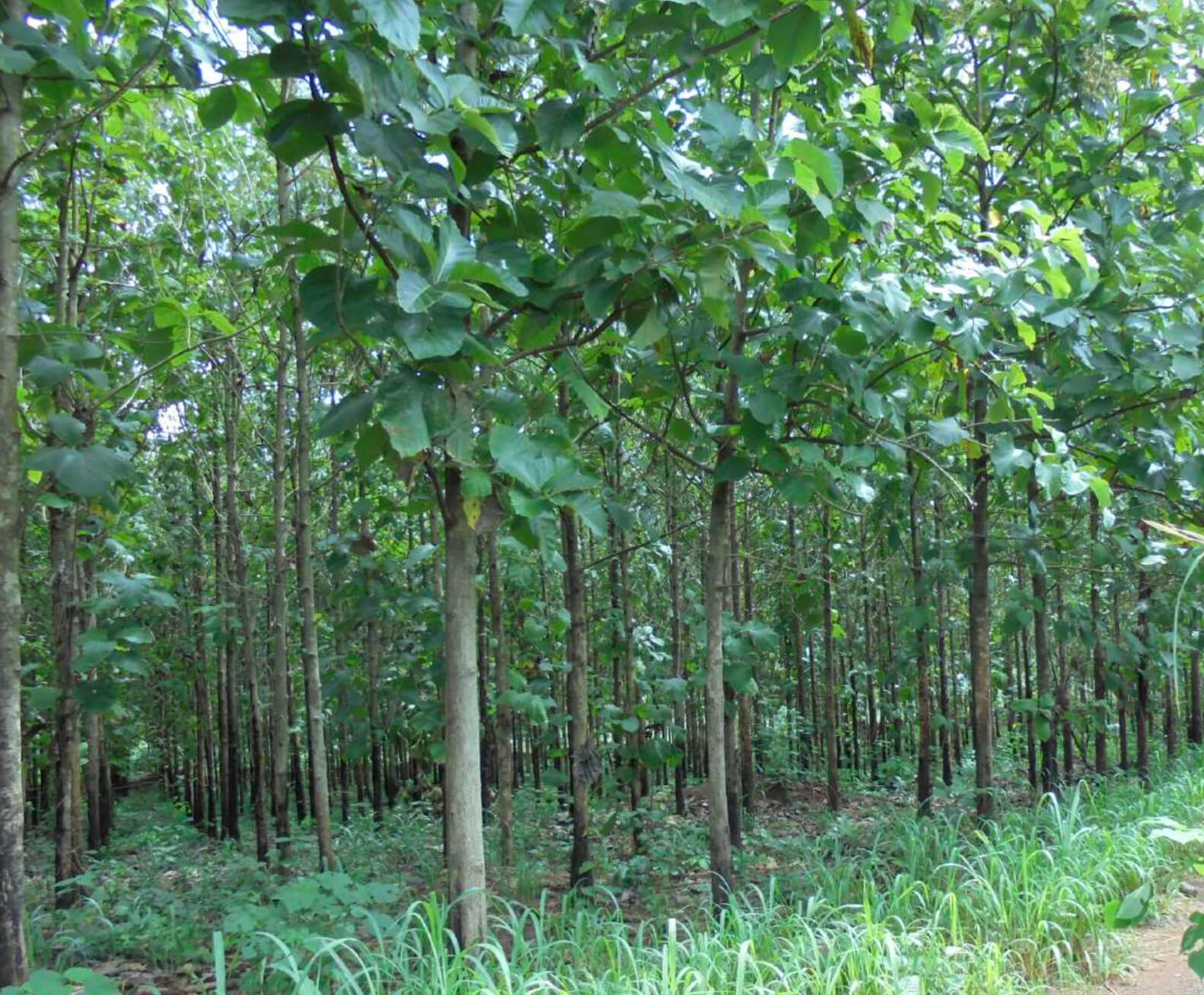TEAK HISTORY
For generations Teak has be prized as a wood for uses as diverse as mine props, to boat building to fine furniture. There are many reasons for the continuous popularity of this timber. Fashions change in all things, timber is no exception. The one constant with Teak is its unique properties and performance in diverse situations and environments. West African Teak, (Tectona Grandis), is a mellow light brown in colour. As a finished wood in either construction, or outdoor use it is sought after for its resistance to Termite attack. In the costal environments and underground, it has remarkable resistance to water. It has greater vertical strength than steel or concrete. The best known use for Teak however is in boat building and boat decking. This is due to Teaks unique resistance to saltwater.
Teak, native to Burma, has always been considered a premium wood. Found naturally in relatively small areas in South East Asia, Teak was introduced in plantation conditions to West Africa in 1913. The timber has gone on to thrive in the area. With a naturally high combustion temperature, Teak has proven exceptionally well suited to plantation environments in Ghana. The resistance of even young trees to forest fire has enabled high density planting to withstand the annual fire season.
With a large volume of the timber coming to market, there is sometimes concern that the price will be reduced for the timber in the wholesale market. There is no evidence of this as a trend to date. The availability of Teak as a plantation log is working to reduce the pressure on timber from natural forests. With such a highly valued timber, Teak is now available for uses where Teak had previously been just too expensive. That in turn is reducing the pressure on natural forests from the extraction of other valuable Hardwoods.
The global appetite for timber is not going to stop. It is such an intergral part of our world, and has been for so long, it is difficult to see a time when timber use is reduced. A growing population, increasing middle class and unending need for places to live, is making the demand for timber increase year on year. With a healthy, and financially independent hardwood plantation industry, you not only have a never-ending supply of high-quality timber. You have a constant regeneration of the forest cover and stock.



